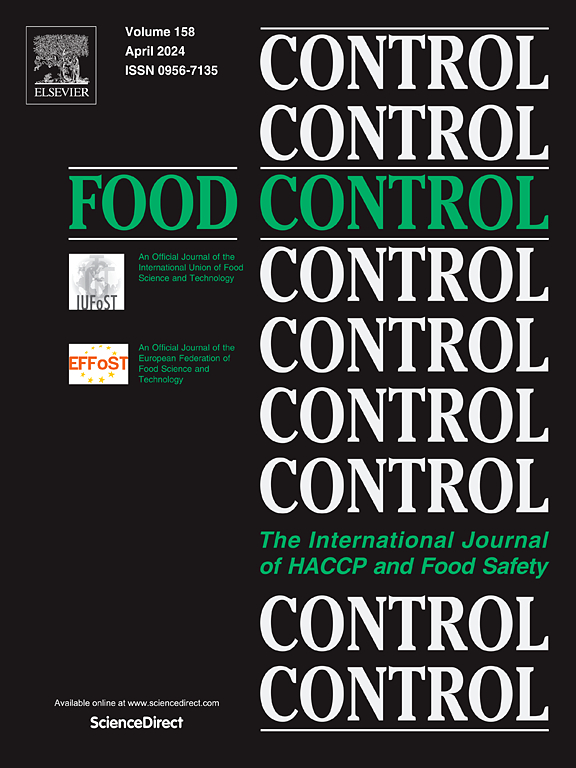Multispecies biofilm cities and the importance of the order of colonization
IF 5.6
1区 农林科学
Q1 FOOD SCIENCE & TECHNOLOGY
引用次数: 0
Abstract
Biofilms are sessile communities of cells embedded in the extracellular matrix of polysaccharides formed to protect themselves from adverse conditions and are attached to the biotic/abiotic surfaces. In the natural environment, the probability of bacteria existing in multispecies is higher than the bacteria existing in isolation. The first step to a stable multispecies biofilm formation is the attachment and colonization of the surface by one or more bacteria. This review aimed to understand the impact of sequential attachment in overall multispecies biofilm formation, its role in defining biofilm properties, and the possible challenges it could present during the removal and disinfection process. In several cases, the highest biofilm former attached to the surface first resulting in a stronger biofilm which explains the enhanced resistance to removal in multispecies biofilm. Following the formation of a stable biofilm, environmental variables (e.g. temperature, surface, nutrient availability), and metabolic exchange between the bacteria drive the properties of biofilm, finally resulting in sequential detachment, driven by the predominant bacteria. These insights are vital in understanding biofilm formation and spatial layering of pathogenic bacteria for efficient biocontrol and removal.

多物种生物膜城市和定殖顺序的重要性
本文章由计算机程序翻译,如有差异,请以英文原文为准。
求助全文
约1分钟内获得全文
求助全文
来源期刊

Food Control
工程技术-食品科技
CiteScore
12.20
自引率
6.70%
发文量
758
审稿时长
33 days
期刊介绍:
Food Control is an international journal that provides essential information for those involved in food safety and process control.
Food Control covers the below areas that relate to food process control or to food safety of human foods:
• Microbial food safety and antimicrobial systems
• Mycotoxins
• Hazard analysis, HACCP and food safety objectives
• Risk assessment, including microbial and chemical hazards
• Quality assurance
• Good manufacturing practices
• Food process systems design and control
• Food Packaging technology and materials in contact with foods
• Rapid methods of analysis and detection, including sensor technology
• Codes of practice, legislation and international harmonization
• Consumer issues
• Education, training and research needs.
The scope of Food Control is comprehensive and includes original research papers, authoritative reviews, short communications, comment articles that report on new developments in food control, and position papers.
 求助内容:
求助内容: 应助结果提醒方式:
应助结果提醒方式:


